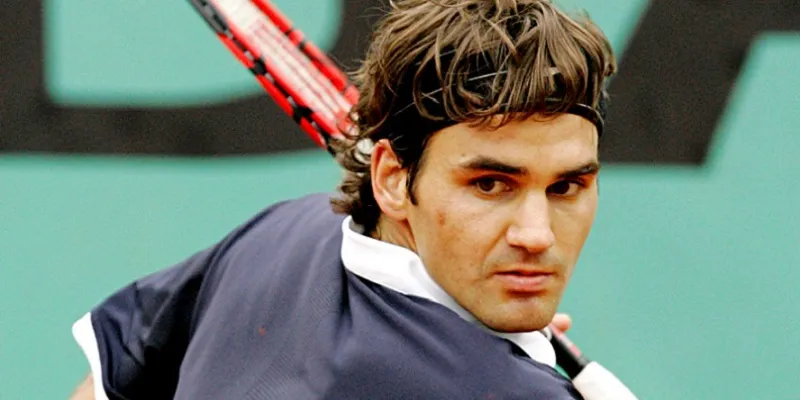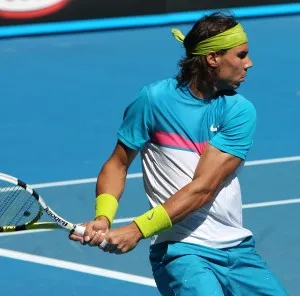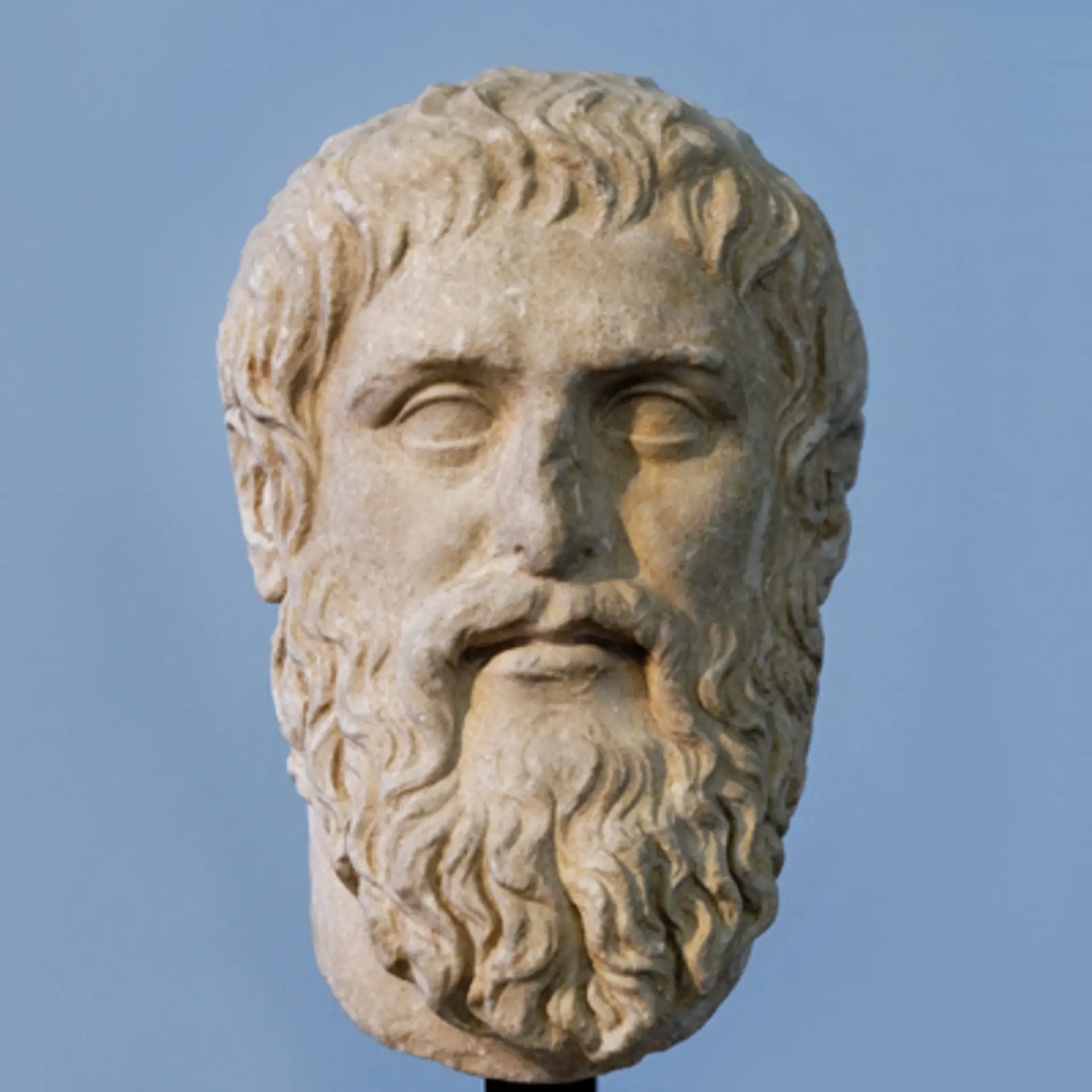Federer has to think like a VC to beat Nadal today

In business and in sport, the biggest challenge is to find the right balance. An early stage venture capitalist constantly weighs high risks against high potential returns. If he gets it right on the big calls, he will come out ahead, his gains outstripping his losses many times over.
Roger Federer finds himself in the position of that VC. At this stage of his career, he cannot beat the top players with percentage tennis. He has to take more risks, and go for winners on half chances. He has to be less predictable, mixing up attack and defence to keep his opponent guessing. He has to come to the net at the risk of being passed or being caught out with a dipping topspin. He has to play the more difficult backhand down the line, and use the slice sparingly. He has to remain in a positive, assertive frame of mind throughout. To sum up, he has to play to win, instead of playing not to lose.
Against Andy Murray in the quarter-final, he did all that and more to near perfection for two sets and a half. Then, when it came to serving for the match, he played safe and Murray broke back. This happened again in the tie-breaker, which Federer lost after being 5-2 and 6-4 up.
He was able to shake this off and regain the initiative in the fourth set. Murray is yet to reach peak fitness after back surgery last year, and this helped Federer. But against Rafael Nadal in the semi-final, there may not be a second chance if Federer takes his foot off the pedal when he is ahead. He will have to keep attacking the second serves, keep going for the difficult plays, keep venturing to the net. It's not easy, but only a super-positive Federer can overcome the World No. 1.
Even in his heyday, Federer rarely found his rhythm against his nemesis. In his book, Rafa: My Story, the Spaniard acknowledges that Federer was a far more talented player on grass, but gloats over the fact that he was able to beat the Swiss anyway in the 2008 Wimbledon final.

Nadal had a single-point agenda: pin Federer down with loopy topspins to the backhand. In a battle of attrition between Federer's single-handed backhand slice and the Rafa forehand topspin, there could be only one winner most times. These eventually added up and overcame Federer's superiority in every other aspect of the grasscourt game.Federer, on the other hand, stubbornly refused to change how he played even though Nadal was consistently getting the better of him on slower courts. Perhaps if his current coach, Stefan Edberg had been in his corner back then, all those French Open finals might have been less one-sided.
Edberg, by far the most elegant player of his serve-volley era, is doing his bit now to help Federer come out of the rut he got into in 2013. More net play and backhand down the line, more unforced errors as well as winners, they all point to an abandonment of percentage tennis for a more risk-taking approach. A new racquet with a larger head for volleying, and more weight for the serves and groundshots, is part of the makeup of this new Fedberg persona on court.
Most of all, Federer has looked more relaxed, as though somebody he respects has reminded him that he is an all-time great with skills that are unmatched; he has to give them full expression instead of hanging back and being outlasted in long defensive rallies.
At the same time, he can't over-reach when playing somebody like Nadal, who will punish him at the net with a dipping topspin or a sharply angled backhand flick. Federer will have to keep pressing and looking for incremental advantages, then take calculated risks. In short, he has to think like a VC.







